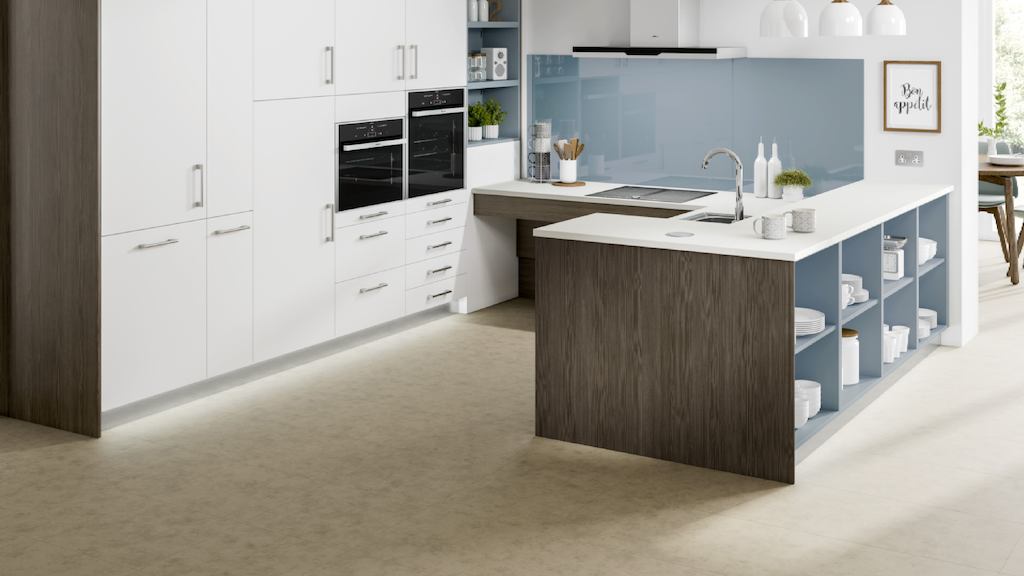Over many years as a specialist housing occupational therapist, I have seen first-hand the importance of inclusive products and design within the home. My current role with Wandsworth’s Regeneration team aims to ensure that the Council and its development partners design accessible, adaptable and inclusive homes (across tenure) that not only comply with regulations but incorporate good practice principles and modern innovations.
Sadly, people's perceptions of accessibility and adaptations can be negative due to misunderstandings around products looking institutional. However, with the influence of roles such as mine, and as highlighted by recent research from Ageing Better, easy to use products and design can still be attractive, and affordable.
The misconception that attractive, accessible, inclusive products and design are more expensive doesn’t have to be the case, particularly if incorporated from the start. Additionally, including future adaptability, such as wet floor showers under baths, provides wide-ranging benefits, can save time, disruption and money on future adaptations as well as making people less prone to accidents and hospital admissions. The social implications of well-designed homes are also often overlooked despite reducing loneliness and isolation, as well as making it easier to receive disabled and older visitors.
Inclusive, accessible and adaptable design should not be an add-on or a nice to have. It is therefore imperative that we actively promote their marketability and desirability from the outset.
The examples below show how advice from a Housing Occupational Therapist, even on seemingly minor detail, can provide more accessible, adaptable, and inclusive homes.

